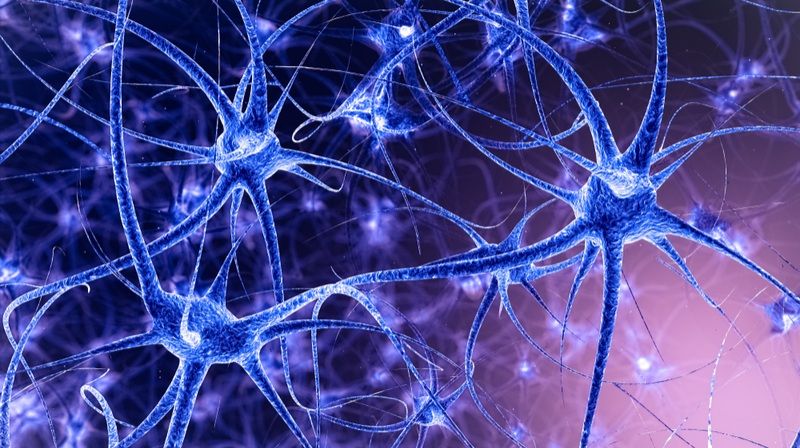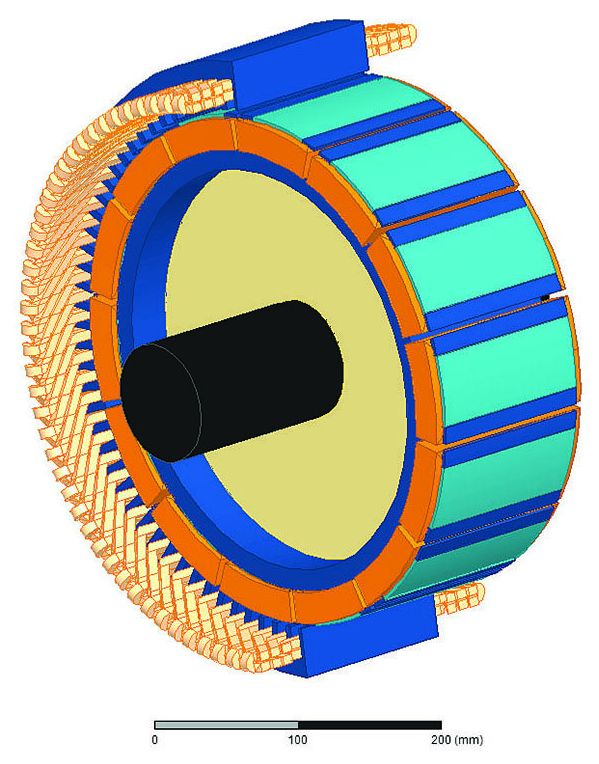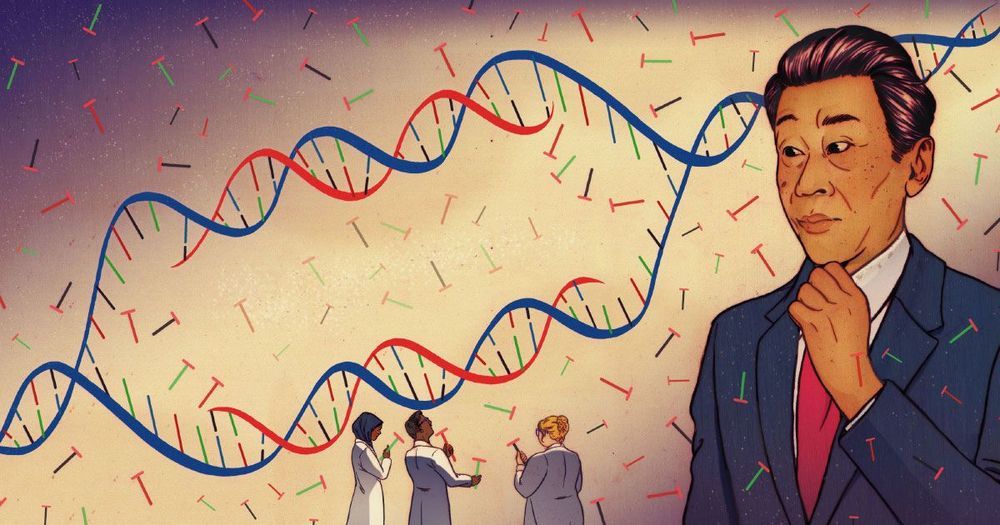Jul 5, 2019
T Cells Infiltrate the Aging Brain
Posted by Steve Hill in categories: biotech/medical, life extension, neuroscience
As published in a recent study, researchers have discovered that neural stem cells are impeded by the invasion of T cells, immune cells that are not normally present in the neural stem cell niche.
The neural stem cell niches
Our brains contain neural stem cells (NSCs); like their name suggests, these cells are responsible for the formation of new neurons within the brain. This process, which continues throughout life, is known as neurogenesis. These stem cells live in particular niches, which contain a panoply of different cell types, including stem cells in different phases of development and multiple types of immune cells. However, the researchers discovered a startling fact: the brains of older mice contain many specific immune cells known as T cells, while the brains of younger mice contain very few – and, as the study explains, this is true for humans as well.


















